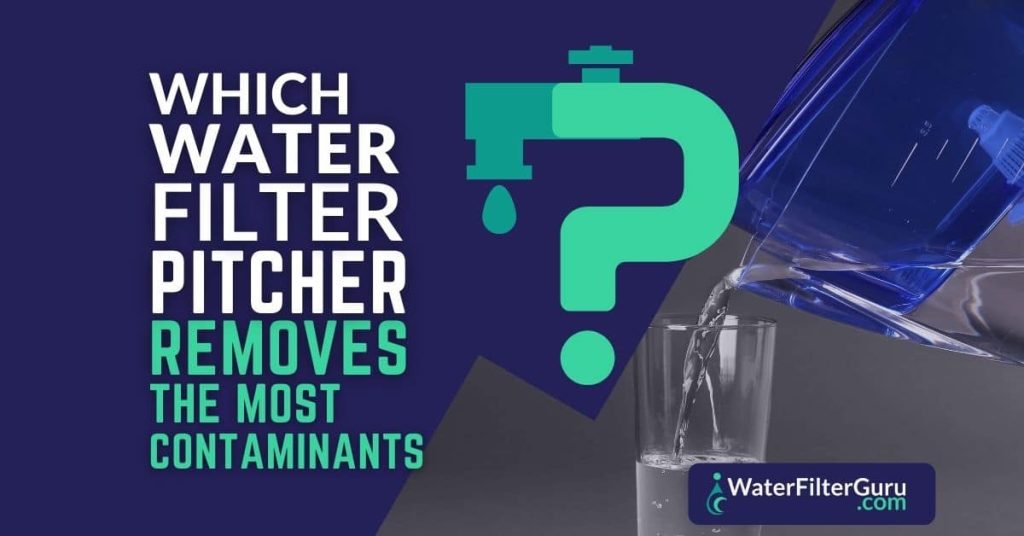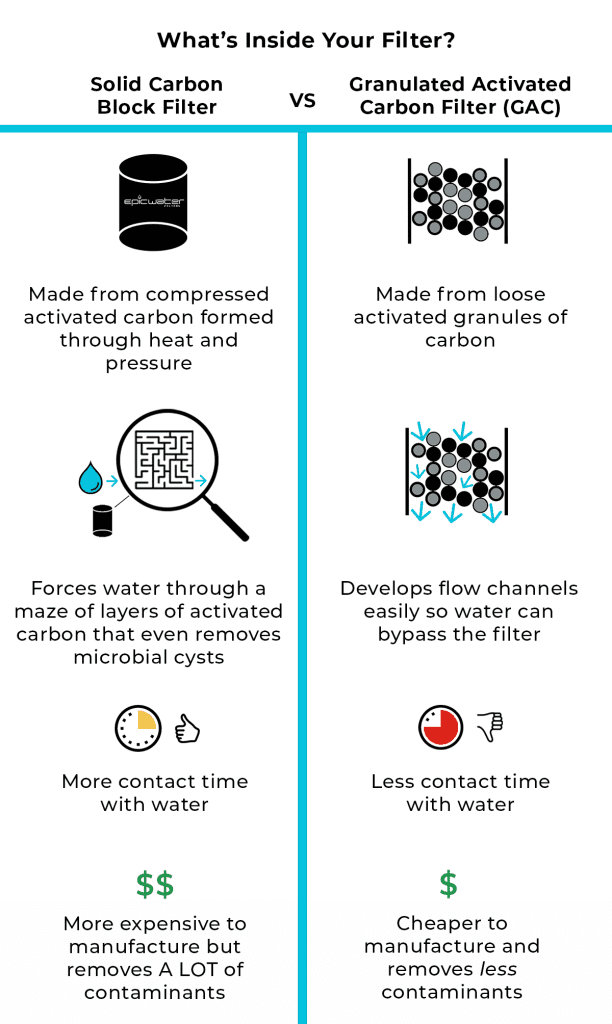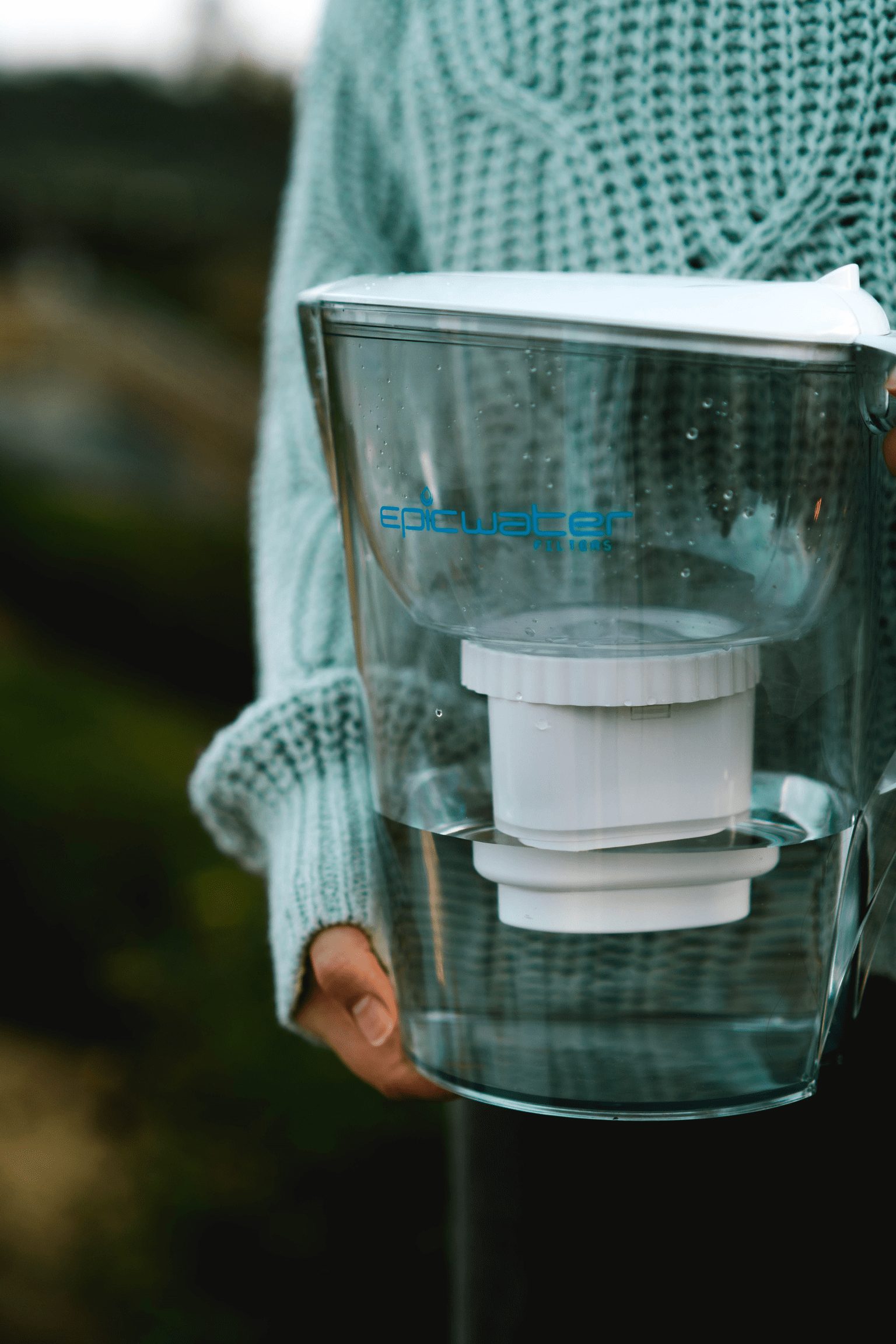Have you ever wondered which water pitcher is the most effective at removing contaminants? In this article, we will explore various water pitchers and compare their abilities to eradicate harmful substances from your drinking water. You’ll learn about the different types of contaminants commonly found in tap water and discover which water pitcher comes out on top in terms of providing you with clean and safe drinking water. So, if you want to ensure the purity of your water, read on to find out all the details about which water pitcher removes the most contaminants!
Importance of Water Filtration
Clean drinking water is essential for maintaining good health and well-being. Water is used for various purposes, from cooking and bathing to staying hydrated throughout the day. However, tap water is not always free from contaminants that can potentially harm your health. This is where water filtration becomes crucial.
The Need for Clean Drinking Water
Tap water may contain various contaminants that can pose a risk to your health. Common contaminants found in tap water include bacteria, viruses, heavy metals, pesticides, chlorine, and volatile organic compounds (VOCs). Consuming water contaminated with these substances can lead to various health issues, ranging from gastrointestinal problems to long-term effects on organs and the immune system.
Common Contaminants in Tap Water
Understanding the types of contaminants that can be found in tap water is essential when considering water filtration. Bacteria and viruses can cause illnesses such as diarrhea, stomach cramps, and even more severe diseases. Heavy metals like lead and mercury are toxic and can cause developmental issues, kidney damage, and neurological disorders. Pesticides and VOCs are potential carcinogens, and chlorine, while used for disinfection purposes, can impart an unpleasant taste and odor to water.
Benefits of Using a Water Pitcher for Filtration
Using a water pitcher for filtration offers several benefits. Firstly, it provides a convenient and cost-effective method of improving the quality of your tap water. Water pitchers are easy to use and usually do not require any installation or additional plumbing. They also offer portability, allowing you to have filtered water wherever you go. Furthermore, using a water pitcher can enhance the taste and odor of your tap water, making it more enjoyable to drink and use in cooking.


This image is property of waterfilterguru.com.
Types of Water Pitcher Filters
Water pitchers utilize different filtration technologies to remove contaminants from water. Here are some of the most common types of filters used in water pitchers:
Activated Carbon Filters
Activated carbon filters are widely used in water pitchers due to their effectiveness in removing a variety of contaminants. These filters are made from porous carbon, which absorbs and traps contaminants as water flows through. Activated carbon filters can remove chlorine, VOCs, some heavy metals, and improve the taste and odor of water. However, they may not be as effective in removing smaller particles or certain types of bacteria and viruses.
Reverse Osmosis Filters
Reverse osmosis filters use a semi-permeable membrane to remove contaminants from water. Water is forced through the membrane, which can remove a wide range of impurities, including bacteria, viruses, heavy metals, pesticides, and VOCs. Reverse osmosis filters can provide a high level of filtration, producing clean and pure water. However, they can be more expensive and may require professional installation.
Ion Exchange Filters
Ion exchange filters use a resin to remove dissolved ions from water. These filters can effectively reduce the levels of heavy metals, such as lead and mercury, as well as certain minerals that can contribute to hard water. Ion exchange filters can also help improve the taste of water by removing dissolved salts. However, they may not be as effective in removing bacteria or certain organic contaminants.
Ceramic Filters
Ceramic filters consist of a porous ceramic material that can effectively remove bacteria, protozoa, and other particles from water. These filters have tiny pores that trap contaminants as water passes through. Ceramic filters are known for their durability and longevity. However, they may not be as effective in removing chemical contaminants or smaller particles.
UV Filters
UV filters use ultraviolet light to kill or inactivate bacteria, viruses, and other microorganisms in water. These filters are effective in preventing waterborne illnesses and ensuring the safety of drinking water. UV filters do not remove other types of contaminants but work alongside other filtration technologies in comprehensive systems.
Contaminant Removal Effectiveness
When choosing a water pitcher filter, it is important to consider the effectiveness in removing contaminants. The removal efficiency of different filters can vary, and it is essential to understand which contaminants a specific filter can effectively remove.
Comparing Effectiveness of Different Filters
Activated carbon filters are highly effective in removing chlorine and improving taste and odor. They can also reduce certain heavy metals like lead and mercury, as well as some organic compounds. Reverse osmosis filters, on the other hand, provide the highest level of contaminant removal. They eliminate a wide range of impurities, including bacteria, viruses, heavy metals, and chemical pollutants. Ion exchange filters excel in reducing heavy metals and minerals but may not be as effective in removing other contaminants. Ceramic filters are excellent at removing bacteria and particles, while UV filters are specifically designed to target microorganisms.
Certifications and Standards to Look For
When choosing a water pitcher filter, it is recommended to look for certifications and adherence to industry standards. Filters certified by organizations such as NSF International have undergone rigorous testing to ensure their performance and contaminant removal capabilities. Look for labels indicating compliance with NSF/ANSI standards for specific contaminants, such as NSF/ANSI 53 for lead reduction or NSF/ANSI 42 for chlorine removal. These certifications provide assurance of the filter’s effectiveness.
Research Studies on Contaminant Removal
It is also helpful to explore research studies that have evaluated the performance of different water pitcher filters. These studies can provide valuable insights into the actual contaminant removal capabilities and efficiency of different filters. By reviewing the results of such studies, you can make an informed decision based on scientific evidence.


This image is property of blogstudio.s3.theshoppad.net.
Activated Carbon Filters
Activated carbon filters are among the most commonly used filters in water pitchers. Understanding their working principle, technology, and limitations can help you determine if they are suitable for your filtration needs.
Working Principle and Technology
Activated carbon filters utilize the adsorption process to remove contaminants from water. Adsorption is the process by which substances stick to the surface of a solid, in this case, the activated carbon. The carbon filter contains numerous pores and a large surface area, which allows it to effectively trap and retain contaminants as water passes through.
Common Contaminants Removed
Activated carbon filters are known for their ability to remove chlorine, which is a common disinfectant used in municipal water treatment. They also effectively remove volatile organic compounds (VOCs), improving the taste and odor of water. Additionally, these filters can reduce certain heavy metals, such as lead and mercury, as well as some pesticides and herbicides. However, they may not be as effective in removing larger particles or microorganisms.
Limitations and Lifespan
Activated carbon filters have a limited lifespan and need to be replaced regularly to maintain their effectiveness. The frequency of filter replacement depends on the volume of water filtered and the concentration of contaminants in the water. Over time, the activated carbon can become saturated with contaminants and become less efficient. It is important to follow the manufacturer’s recommendations regarding filter replacement to ensure optimal performance.




